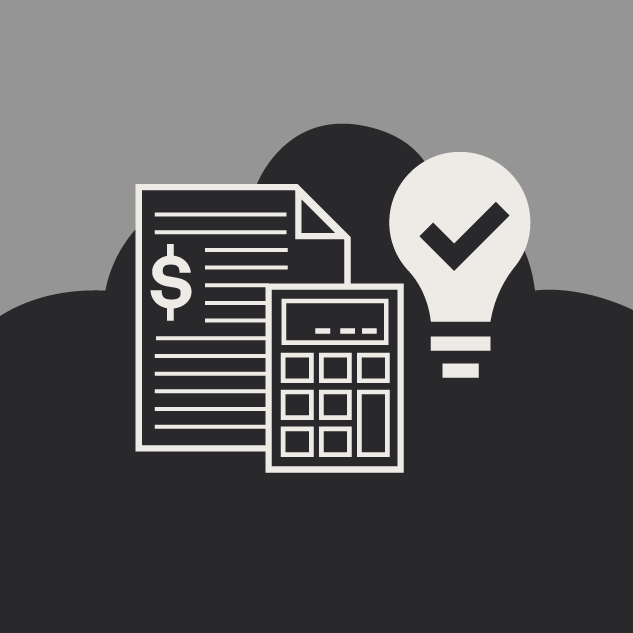When it comes to CRM platforms there are a lot to choose from. Regardless of which platform an organization uses, there are usually two things that are true.
When it comes to CRM platforms, there are a lot to choose from. Regardless of which platform an organization uses, there are usually two things that are always true:
- It is the most hated tool and the sales team has to use every day.
- It is the most important tool for sale management to get accurate information out of.
With all of the clients we interact with on a day-to-day basis, we have seen and interfaced with almost every enterprise CRM on the market. When it came to interfacing with the HubSpot CRM, we were pleasantly surprised. HubSpot has seemly broken down the barriers that other CRM platforms have put in place. Barriers such as the sales team not understanding what marketing efforts are underway or how their prospects are interacting with their organization across their digital channels. Once these barriers are removed, it opens up the opportunity to streamline your sales team and forecast your sales in unprecedented ways.
It's super easy to use
Most CRM platforms are cumbersome to use and therefore they get used minimally. As a result, the data in the CRM is either inaccurate or not up-to-date (which only makes people want to use it even less). This makes forecasting impossible which means you can't be relevant with the right prospects at the right time. HubSpot's CRM is incredibly easy to use and offers a ton of great tools that sales teams love. As a result, the sales team members live inside of HubSpot and want to use it. The data is updated regularly which makes forecasting sales seamless and accurate. A sales team adoption of the CRM platform is the foundation of a successful sales strategy.
Marketing Data = Sales Insights
How many companies forecast their sales pipelines based on "historical win rates" or "percentage-based deal stages"? This is unbelievably common, but is usually not accurate. What if your sales forecasts could be based on the types of prospective clients that are in your pipeline rather than the stage of the pipeline they are in? With the HubSpot CRM, they can be. For example, what if we know that a lead has an original lead source of Twitter. Based on that, we know that Twitter leads take 294 days to close on average and that 63% of all Twitter leads close an opportunity. Now, if you factor those types of metrics into your sales pipeline forecasts, you'll begin to see a level of accuracy that most organizations aren't accustomed to.
Reporting Failure
One of the things that we didn't like about HubSpot's CRM right away was its lack of reporting. Most clients are so used to the Salesforce level of reporting that HubSpot's seemed so rudimentary. However, after really digging into HubSpot's reporting tools and talking with executives to determine what information really mattered, we quickly realized, that it wasn't that the HubSpot reporting was lacking, they just didn't report on non-actionable metrics. This really caused a shift in the mindset of our team. Rather than deciphering 50 metrics across many reports, we only report on the 10 that matter. This brings a level of focus and discipline to the sales teams that we have not historically seen, making the reporting more valuable than ever.
Is the HubSpot CRM for every organization, no. However, I can say for certain that there are many organizations out there that pick a CRM based on one of their sales team leader's past experiences and that, in doing so, usually sets their sales strategies back by several years. Don't let the comfort of a few individuals sacrifice the revenue goals of your business.
Related Posts
![3 CMS Platform Migration Considerations [Mini Episode]](https://www.wearediagram.com/hubfs/Diagram-Views-Unfiltered-Transparent-BG-All-Black%20small.png)
3 CMS Platform Migration Considerations [Mini Episode]
Diagram's Chris Osterhout shares three essential tips that your organization should consider when moving to another CMS platform.

Cloud CMS Migration: Costs, Benefits & Insights
Migrating to a cloud CMS platform represents a strategic (and necessary) investment in the future of digital content management. Here's what you need to know.
Results Matter.
We design creative digital solutions that grow your business, strengthen your brand and engage your audience. Our team blends creativity with insights, analytics and technology to deliver beauty, function, accessibility and most of all, ROI. Do you have a project you want to discuss?
Like what you read?
Subscribe to our blog "Diagram Views" for the latest trends in web design, inbound marketing and mobile strategy.

